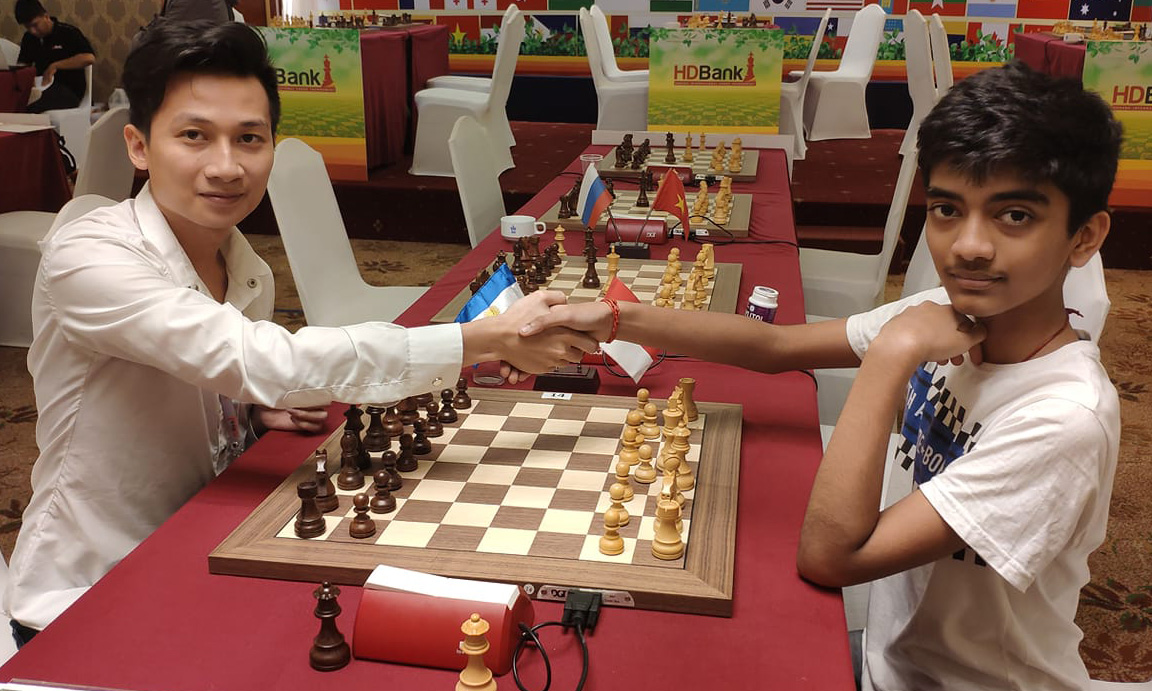Endgames are where the magic happens in chess. When the board is stripped down to just a few pieces, every move counts. But what do you do when you’re in an unbalanced endgame? You know, those tricky situations where you’ve got a rook, and your opponent has two knights. Or maybe you’ve got an extra pawn, but they’ve got a scary passed pawn marching down the board. Don’t panic! Let’s break it down.
Step 1: Evaluate the Position
Once the queens are off the board, it’s a good time to step back and evaluate the endgame position. First things first, figure out what’s going on. Ask yourself:
- Material Balance: Who’s up in pieces? If you’re up, play to simplify and win. If you’re down, look for counterplay.
- Pawn Structure: Are there passed pawns? Weak pawns? Passed pawns are gold in endgames—push ‘em!
- King Activity: Is your king active? In endgames, your king isn’t just a sitting duck anymore. Get it moving!
- Piece Activity: Are your pieces active and placed on strong squares? A more active piece can often compensate for a material deficit.
- Opposite-colored Bishops: Are the bishops on opposite colors? This can mean strong attacking chances or a high likelihood of a draw, depending on the position.
- Bishop vs. Knight Dynamics: Does the position favor long-range bishops or maneuvering knights? Consider the pawn structure and open vs. closed nature of the board.
Step 2: Use Your Strengths in Every Pattern
In unbalanced endgames (also called an imbalance endgames), you’ve got to play to your strengths for every endgame pattern. Here’s how:
- Rook vs. Minor Pieces: A rook loves open files. Try to activate it and go after pawns. Knights and bishops need strong squares, so don’t let them settle in comfortably.
- For example, if you’re playing against a knight, keep your rook on a file where the knight can’t easily hop around. Against a bishop, try to place your pawns on squares opposite the color of the bishop to limit its range.
- Extra Pawn: If you’ve got an extra pawn, use it as a weapon. Push it to become a queen, but don’t forget to keep your other pieces active. Keep your king nearby to shield the pawn or clear the way.
- Passed Pawn: Escort that pawn to the promised land (a.k.a. promotion) with the help of your king or pieces. Decoy your opponent’s king or pieces away by advancing it smartly.
- Opposite-colored Bishops: If you have one, focus on attacking weaknesses that your opponent’s bishop can’t defend. In some cases, even being a pawn down can lead to a draw if you aim for blockades.
- Knight vs. Bishop: If you have a knight, look for closed positions where the knight thrives. If you have a bishop, aim for open diagonals and try to create passed pawns to stretch your opponent’s knight.
Step 3: Make Your King a Hero
Your king is no longer hiding behind pawns. In endgames, it’s a warrior! March it up the board to support pawns or attack your opponent’s weaknesses. But be careful—don’t let it stray too far and get attacked.
- When to Bring the King to the Center: As soon as the middlegame transitions to the endgame and the board opens up, it’s time to activate your king. The center is the most flexible spot, allowing your king to reach both flanks quickly.
- What Does the King Usually Do in Endgame? The king often leads the charge. It can escort passed pawns, attack weak pawns, or even create threats by infiltrating the opponent’s camp. Think of it as your most powerful “minor piece” in this phase.
- Overcoming the Fear of King Activity: I used to feel fears like that when I started playing. I’d hesitate to move my king, worried it would be attacked or caught out of place. But here’s the thing: in the endgame, most attacking pieces are off the board, and your king is safe as long as you calculate carefully. After winning a few games by dominating with my king, my fears melted away. Practice helps you build confidence in judging when and where to move your king.
Step 4: Create Threats
Unbalanced endgames thrive on activity. Make your opponent sweat by creating threats. Attack their pawns, threaten checkmate, or push your passed pawn. The more problems you create, the harder it is for them to find the right moves.
Here are some types of threats you can create:
- Pawn Breaks: Challenge your opponent’s pawn structure to open up lines for your pieces.
- Forks and Pins: Look for tactical opportunities to win material, especially if you have a knight or a queen.
- Promotion Threats: Push your passed pawn to force their pieces into defensive positions.
- King Infiltration: Threaten to march your king into their camp to gobble up pawns.
- Time Pressure: Play actively to make it harder for your opponent to find precise defensive moves. Even a small threat can lead to big mistakes under time constraints.
- Discovered Attacks: Use one piece to uncover an attack from another. This is especially effective with rooks or bishops.
The more threats you make, the more chances you create for your opponent to blunder. Stay sharp and keep the pressure on!
Step 5: Keep an Eye on Draw Tricks
When your opponent is down material, they’ll aim for sneaky draws:
- Perpetual Check: Don’t let their queen or rook keep checking your king endlessly. Move your king to a safe square where checks aren’t possible.
- Stalemate: Watch out for situations where they have no legal moves and it’s a draw. For instance, if they only have a king left, don’t corner it unnecessarily if you’re about to deliver a winning blow.
- Insufficient Material: Know the rules! If one side only has a knight or a bishop, even if it’s their turn, it’s an automatic draw.
- Fortresses: Be wary of your opponent building a fortress. For example, they might park their bishop and pawns in a way that your rook can’t penetrate. Use tempo moves to break through.
- Repetition of Position: Keep track of the board to avoid accidentally repeating the same position three times. If this happens, the game ends in a draw.
- Underpromotion Draws: In rare cases, your opponent may aim for a situation where you promote your pawn but can’t deliver a win due to their clever defensive setup. Think carefully about how and when to promote.
Understanding these tricks is vital to avoiding unnecessary draws and converting your advantages into victories.
A Fun Example
Learning imbalance endgames is like learning hundreds of patterns. For each pattern, there are key ideas and tips. Here, let’s focus on one particular pattern: the dominant king.
We call a king ‘dominant’ when it has a more advanced position than its counterpart, especially when it is closer to the bases of its opponent’s pawn islands. In this way, the imbalance lies in the position of the kings.
Normally, the enemy king must block its penetration, but sometimes, due to zugzwang, it cannot. Often this depends on reserve tempi and the pawns’ help to control crucial squares. A special case of the dominant king arises when it stands in front of an isolated or backward pawn.
This theme is closely tied to reserve tempi and the outflanking mechanism, concepts we’ll encounter repeatedly in this section and others. Now let’s see three positions below.
Consider these three positions—totally symmetrical. In all cases, the player to move first wins, regardless of the pawn structure on the kingside. This may surprise you, given the typical drawing margin in many endgames. Here, the king moving first seizes a dominant position on the queenside and gradually forces its way into the heart of the enemy position.
For instance, in the first diagram, with White to move:
In the second position, the events would develop in more or less the same way. Now let’s presume it’s Black to move: 30…Kc6! 31.Kc3 Kb5 32.Kb3 g5 33.g4 h6 34.h3 b6 35.Kc3 Ka4! 36.Kc2 Kb4 37.Kd2 Kc4 38.Ke3 Kb3–+
Final Thoughts
Unbalanced endgames can feel chaotic, but they’re also your chance to shine. Stay calm, stay active, and always look for ways to use your strengths. Remember, every piece and pawn has a role to play—even your king! With practice, you’ll learn to navigate these tricky positions like a master.

I’m Xuan Binh, the founder of Attacking Chess, and the Deputy Head of Communications at the Vietnam Chess Federation (VCF). My chess.com and lichess rating is above 2300, in both blitz and bullet. Follow me on Twitter (X).







1 thought on “How to Play in Unbalanced Endgames in Chess”
Comments are closed.